A cable labeling machine is a device specifically designed to print labels for cables and wires. It automates the process of labeling cables, eliminating the need for manual writing or printing on adhesive labels. These machines are equipped with advanced features and functionalities that allow for efficient and accurate labeling of cables, making cable management easier and more organized.
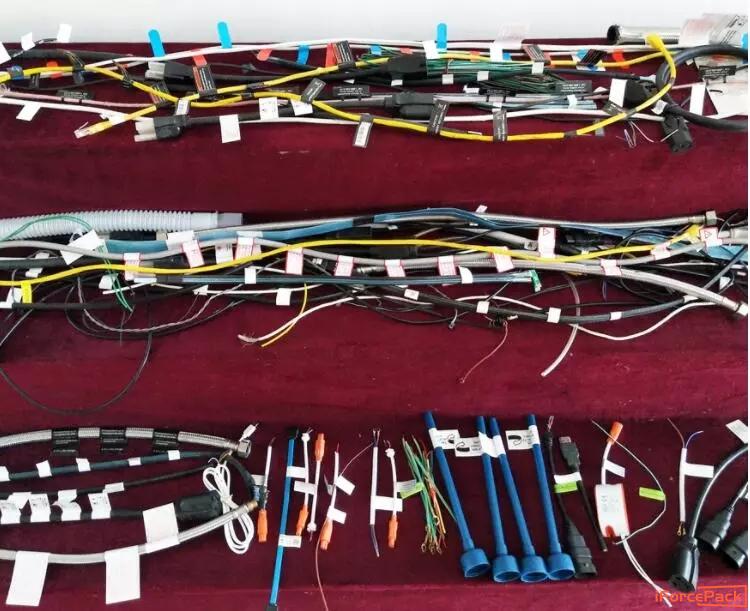
Cable labeling machines typically use thermal transfer or direct thermal printing technologies to print labels. They can handle a variety of label materials, including self-laminating, heat shrink, and adhesive labels. Some machines offer options for different label sizes, colors, and fonts, allowing users to customize the labels according to their specific needs.
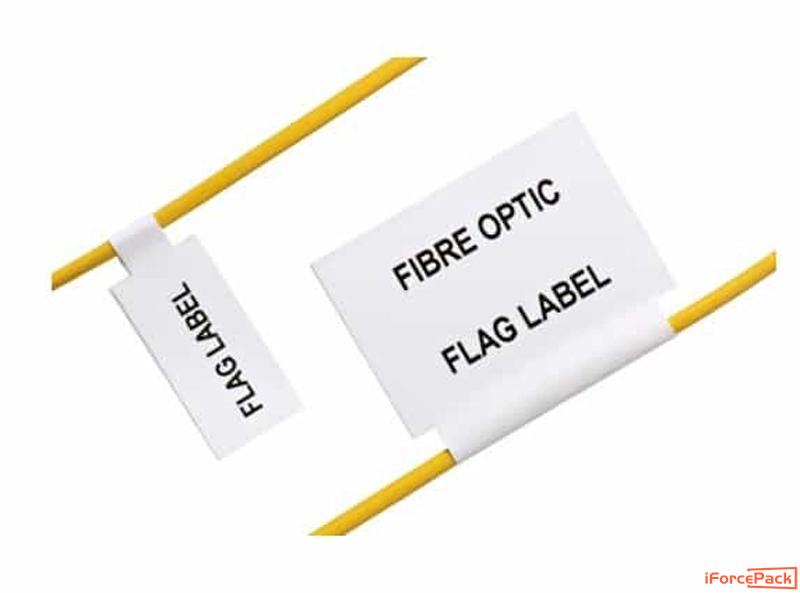
These labeling machines often have user-friendly interfaces, enabling easy design and editing of labels. Many models come with built-in templates and symbols specifically for cable labeling, ensuring that the labels meet industry standards and requirements. Some machines also support barcoding capabilities, serial number printing, and integration with software for seamless label creation and management.
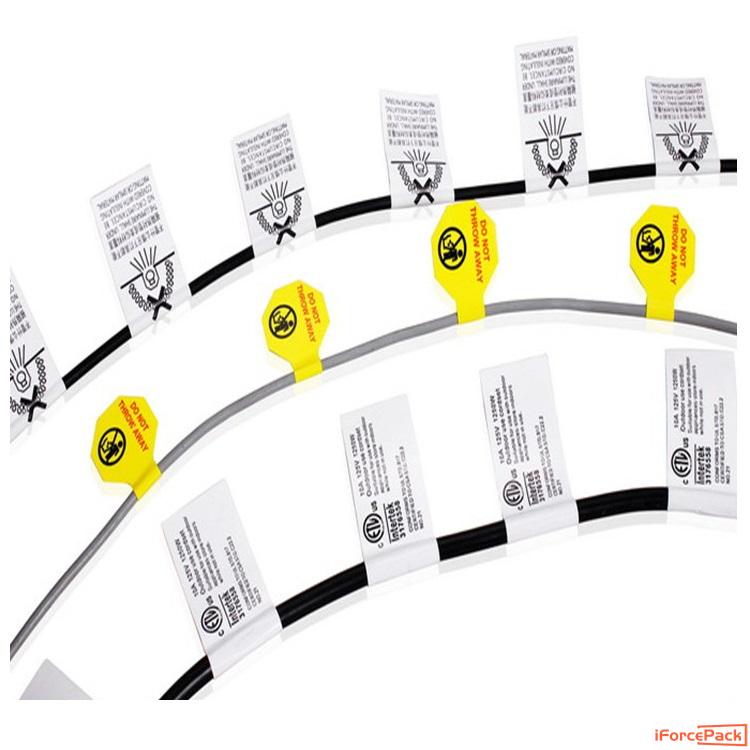
By using cable labeling machines, businesses can enhance organization, traceability, and safety within their wiring systems. Labeled cables reduce the risk of mistakes during installation, maintenance, or repairs. They also simplify cable identification, reducing the time and effort required to locate specific cables in complex setups. Overall, cable labeling machines streamline the cable management process, leading to increased efficiency and productivity in various industries that rely on extensive wiring systems, such as telecommunications, construction, manufacturing, and data centers.
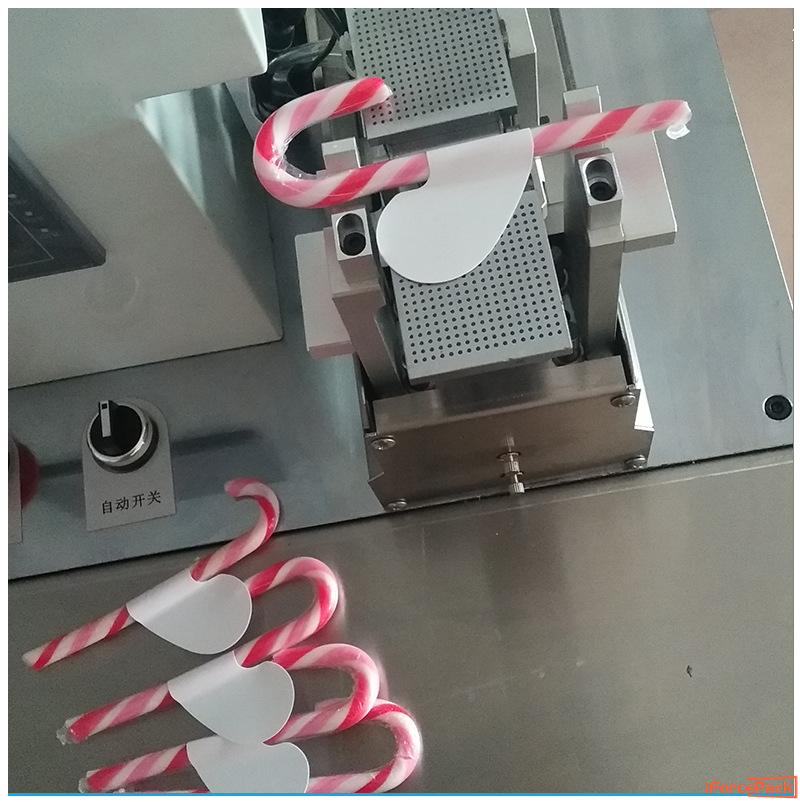
In today's fast-paced world, efficient cable management is vital for various industries that rely on intricate wiring systems. Whether it's a telecommunications company, a manufacturing plant, or an IT department, the ability to identify, organize, and maintain cables effectively can enhance productivity, reduce downtime, and improve safety. This is where cable labeling machines come into play. In this article, we will delve into the significance of cable labeling machines and how they revolutionize cable management processes.
1.Simplifying Cable Identification:
Cables can be a tangled mess, especially in large installations. Without proper labeling, identifying specific cables becomes a time-consuming and error-prone task. Cable labeling machines automate and simplify this process by allowing users to print clear and legible labels directly onto the cables. From color coding to numbering systems, these machines offer various labeling options, enabling quick and accurate identification of cables.
2.Enhancing Organization:
An organized cabling infrastructure is essential for efficient operations. Cable labeling machines enable businesses to bring order to the chaos. By labeling cables at specific endpoints, junctions, or patch panels, employees can easily understand the purpose, destination, and origin of each cable. This promotes neatness, reduces unnecessary cable lengths, aids troubleshooting, and eliminates confusion during maintenance or upgrades.
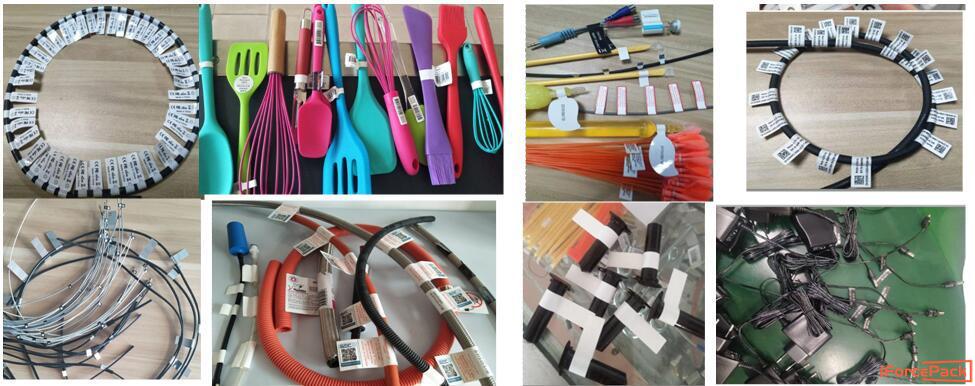
3.Improving Traceability:
In industries where traceability is critical for compliance or maintenance purposes, cable labeling machines play a vital role. By incorporating unique identifiers such as barcodes or serial numbers on the labels, these machines enable accurate tracking and documentation of cabling infrastructure. With a simple scan or reference, technicians can access comprehensive information about the cable, such as its installation date, maintenance history, or even warranty details. This improves inventory management, reduces errors, and facilitates swift troubleshooting and repairs.
4.Time and Cost Savings:
Manual labeling methods, like handwritten markers or adhesive labels, are not only time-consuming but also prone to errors. Cable labeling machines eliminate these inefficiencies by automating the labeling process. With the ability to print labels quickly and accurately, businesses can save valuable time and reduce labor costs. Moreover, the durability of labels produced by these machines ensures reduced cable replacement and maintenance expenses in the long run.
5.Versatility and Adaptability:
Cable labeling machines come in various shapes and sizes, catering to different needs and environments. From handheld devices for onsite labeling to desktop systems for centralized operations, there's a machine for every requirement. These machines offer compatibility with a wide range of label materials, including self-laminating and heat shrink labels, ensuring labels that can withstand harsh conditions, chemicals, and extreme temperatures. Additionally, many machines provide connectivity options, allowing integration with software or database systems for seamless label creation and data management.
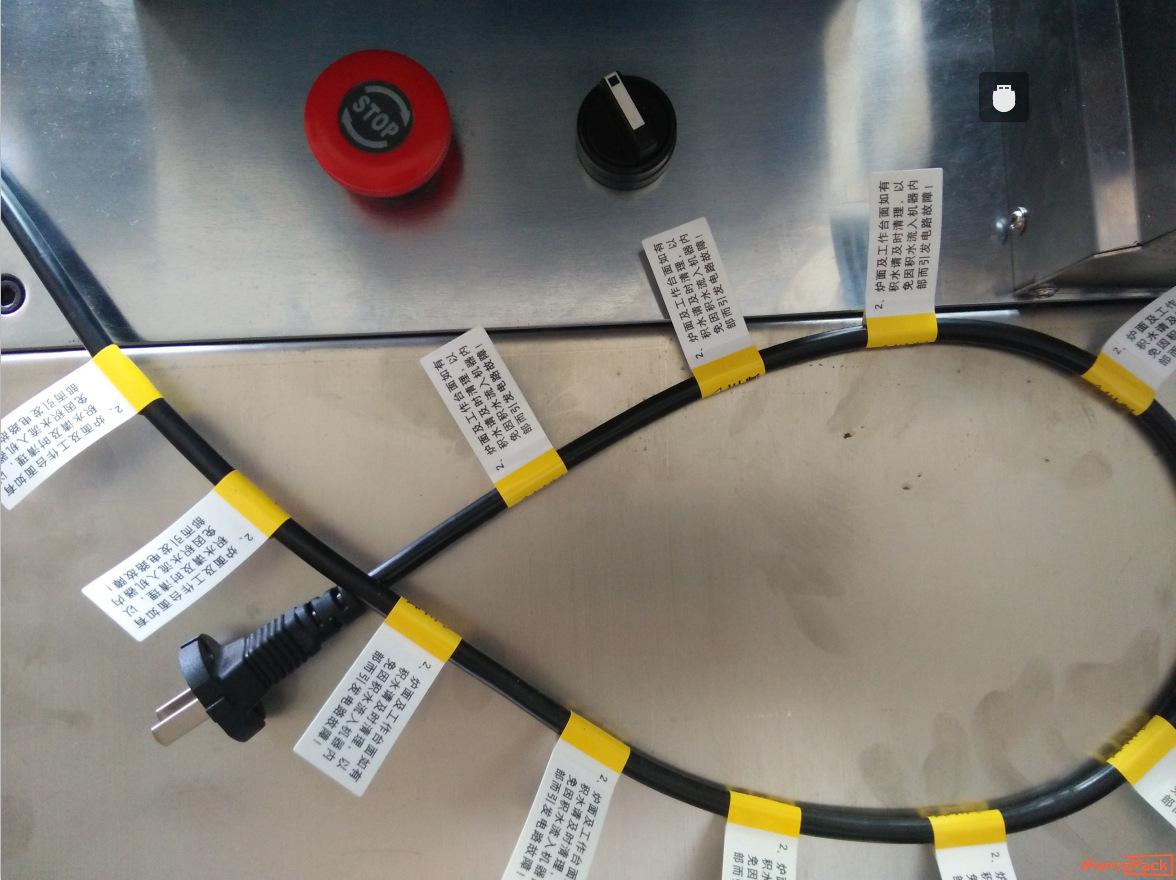
There are several types of cable labeling machines available on the market, each designed for specific labeling requirements. Some common types include:
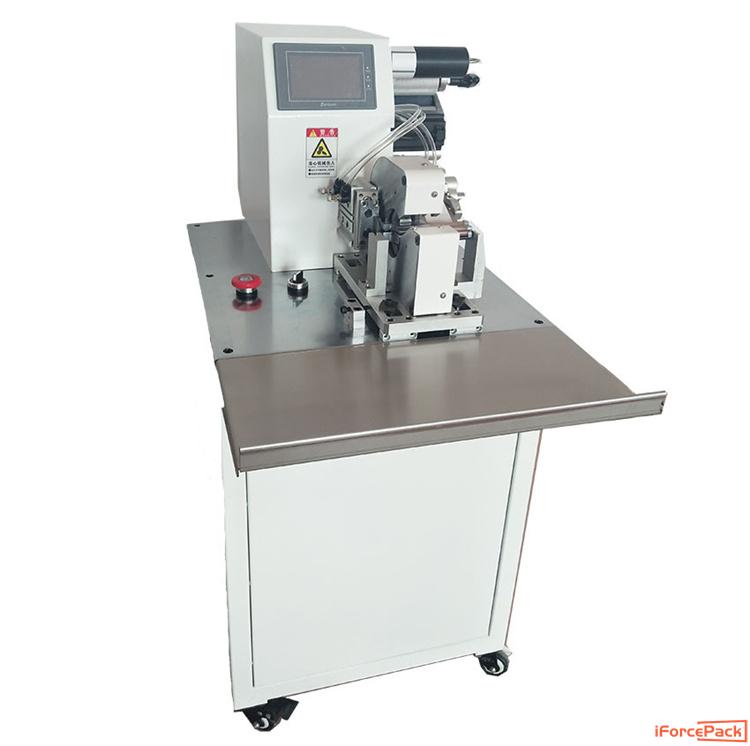
1.Wrap-around labelers: These machines apply labels that wrap around the cables, forming a complete loop. They are often used for round or cylindrical cables and can handle a wide range of cable diameters.

2.Flag-style labelers: These machines apply labels that wrap around the cable and then fold over to form a flag-like shape. They are suitable for cables with limited surface area or when labels need to be visible from multiple angles.

3.Pre-printed label applicators: These machines are designed to apply pre-printed labels onto cables. The operator can manually load the labels into the machine, which then dispenses and applies them onto the cables.
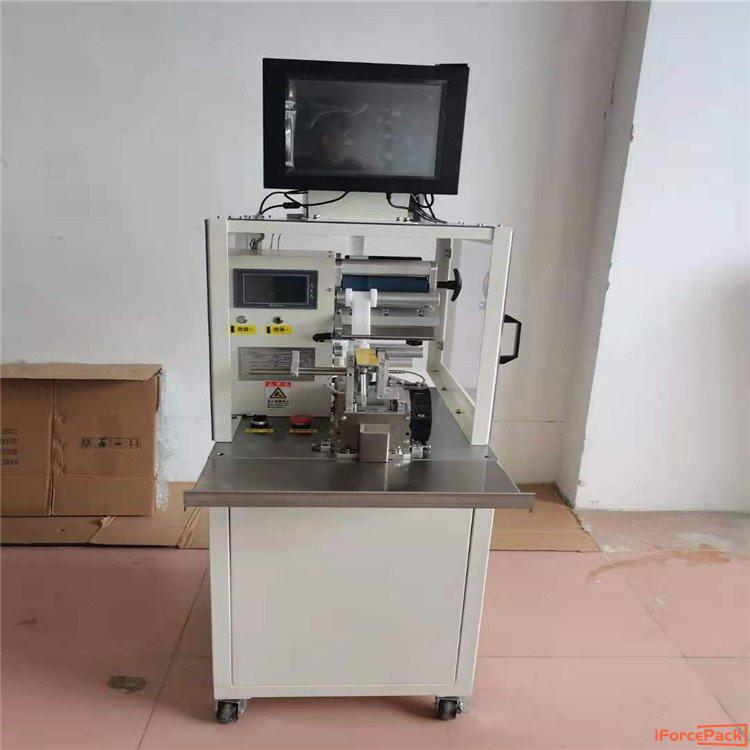
4.Inline label printing and application systems: These machines combine label printing and application capabilities in one unit. They allow for on-demand printing of variable data on labels and immediate application onto cables as they pass through the machine.

The working flow of a cable labeling machine typically involves the following steps:
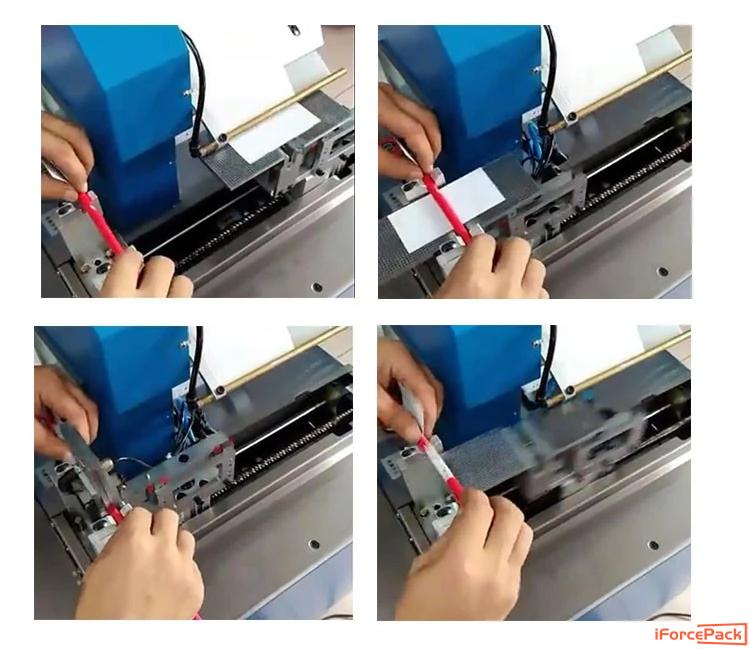
1.Preparation: Before using the cable labeling machine, the operator needs to prepare the necessary materials, such as labels or markers, printing supplies (if applicable), and the cables or wires to be labeled. They also ensure that the machine is properly set up and calibrated.
2.Label Design and Programming: The operator designs and prepares the label information using the machine's interface or a connected computer. This includes inputting cable codes, numbers, barcodes, or any required text. The machine may have built-in label templates or software for creating custom labels.
3.Loading Cables: The operator loads the cables or wires into the cable handling system of the machine. This can involve placing them on rollers, threading them through guides, or using a conveyor belt system, depending on the design of the specific machine.
4.Label Printing (if applicable): If the cable labeling machine has an integrated printing system, the operator selects the desired label design and initiates the printing process. This is done either before or during the labeling process, depending on the machine's capabilities.
5.Label Application: The machine automatically applies the labels onto the cables as they pass through the labeling area. The technique used for label application can vary, such as wrap-around labeling, flag-style labeling, or heat shrink labeling. The machine ensures proper label placement and adhesion based on the programmed settings.
6.Cutting (if applicable): After the labels are applied, some cable labeling machines may have a cutting mechanism that trims the labels to the desired length or shape. This creates clean and finished labels on the cables.
7.Inspection: Once the cables have been labeled, the operator may perform a visual inspection to ensure that the labels are properly applied and legible. This helps catch any labeling errors or issues that might have occurred during the process.
8.Finalizing and Packaging: After inspection, the labeled cables are prepared for their intended use or further processing. This can involve packaging them in appropriate containers, reels, or trays for storage, shipment, or installation.
9.Cleaning and Maintenance: The cable labeling machine is cleaned and maintained regularly to ensure its proper functioning and longevity. This includes removing any debris or residue, lubricating moving parts, and replacing any worn-out components or consumables.
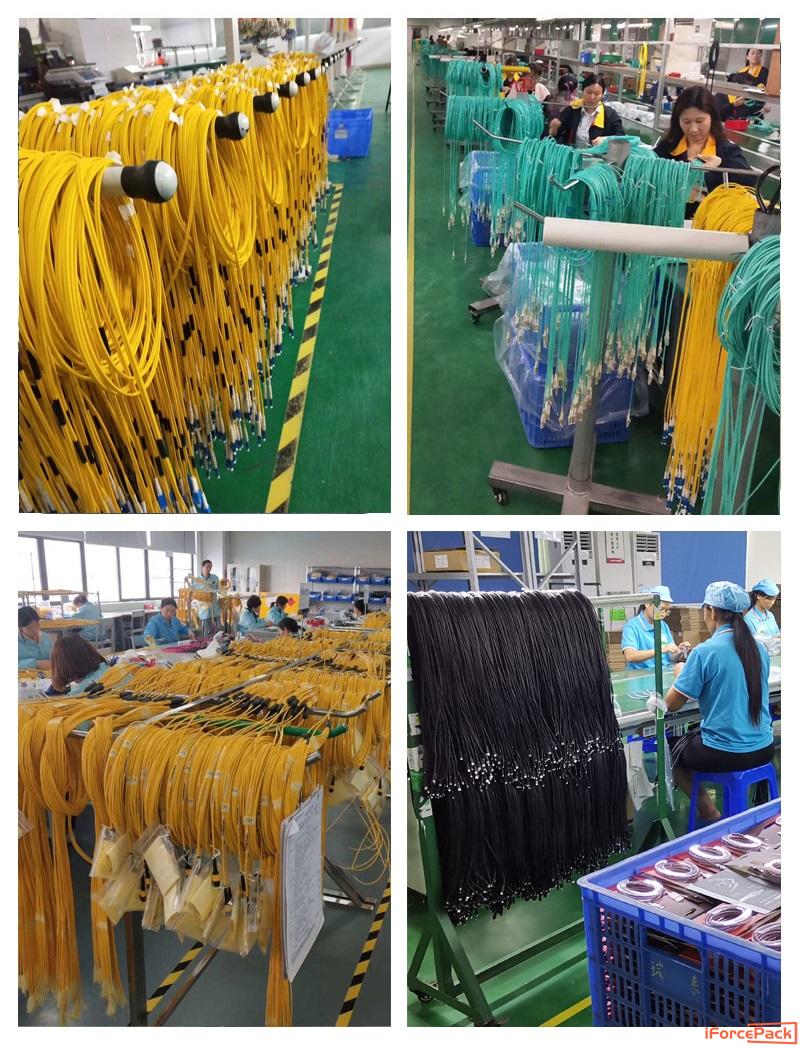
It's important to consider the specific labeling requirements, volume, and type of cables when choosing the appropriate cable labeling machine. Manufacturers may offer variations and customizations within each type to cater to different industries and applications.
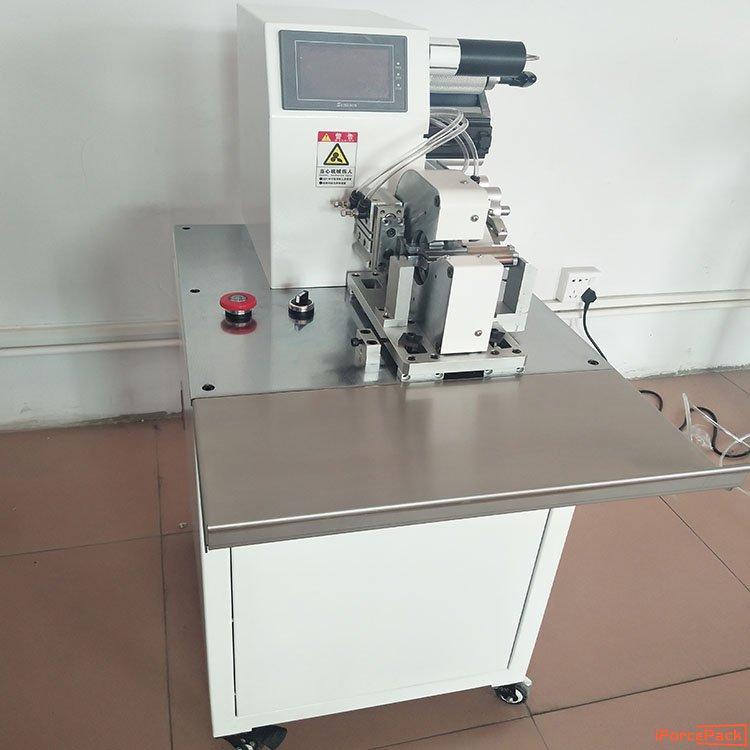
The market for cable labeling machines is experiencing steady growth due to the increasing need for efficient cable management in various industries. The demand for these machines is driven by the rising complexity of cable installations and the desire for more organized and streamlined processes.
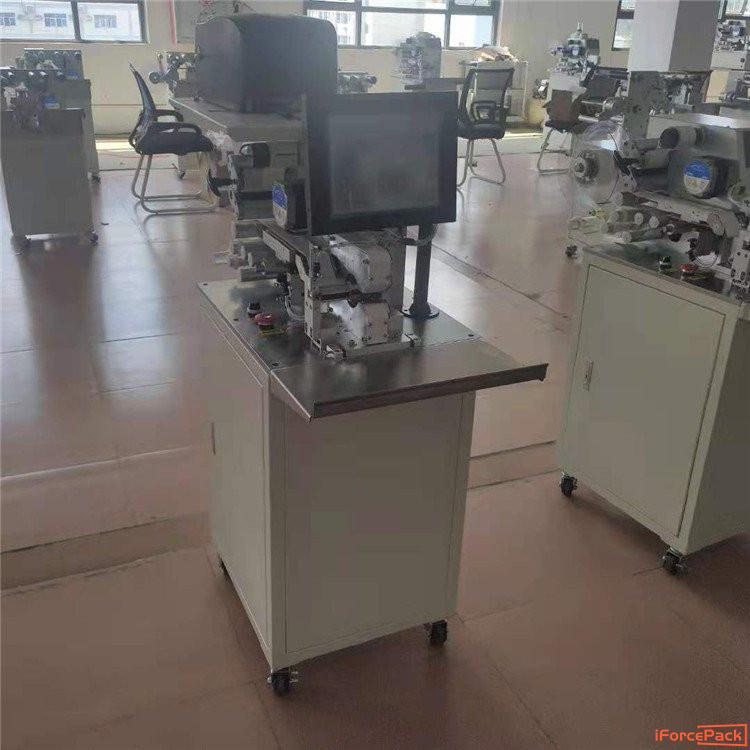
Major industries such as telecommunications, manufacturing, IT and data centers, and electrical and electronics are the key end-users of cable labeling machines. These industries rely heavily on cable networks and require effective labeling systems to ensure accurate identification, ease of troubleshooting, and efficient maintenance.
In addition to established industries, emerging sectors such as renewable energy, smart homes, and automation are also contributing to the market growth. These sectors often involve complex cable systems that require proper labeling for optimal performance and safety.

Geographically, North America and Europe command a significant share in the cable labeling machine market due to their mature and advanced industrial sectors. However, there is also a growing demand in Asia Pacific, particularly in countries like China, India, and Japan, where infrastructure investment and industrial development are on the rise.
Key market players in the cable labeling machine industry are continually innovating and developing advanced solutions to meet the evolving needs of businesses. Customization options, integration with other cable management software, and improved connectivity features are being introduced to cater to specific industry requirements.
Overall, the market for cable labeling machines is expected to witness steady growth in the coming years as businesses across various industries recognize the importance and benefits of efficient cable management. The increasing adoption of automation, durability, and versatility in labeling machines will continue to drive the market forward, creating opportunities for manufacturers and suppliers in the industry.
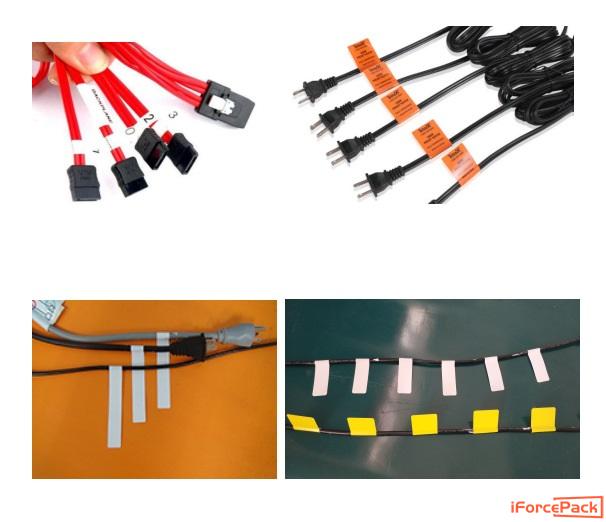
Contact: iForcePack
Phone: +86-198 7511 8892
E-mail: info@iforcepack.com
Add: J101,Haitang,Siji huacheng, Bantian Street, Longgang District, Shenzhen, Guangdong, China